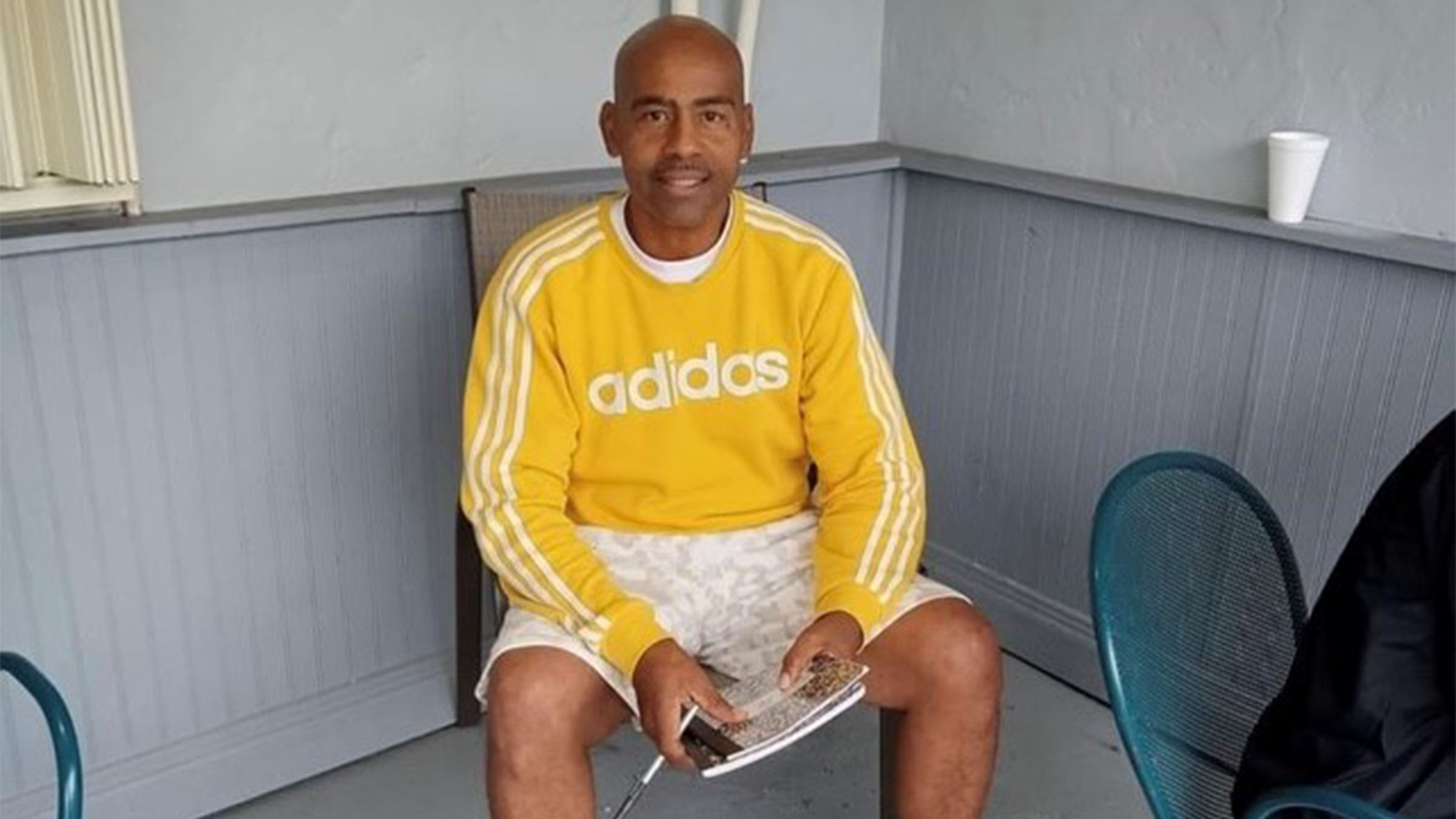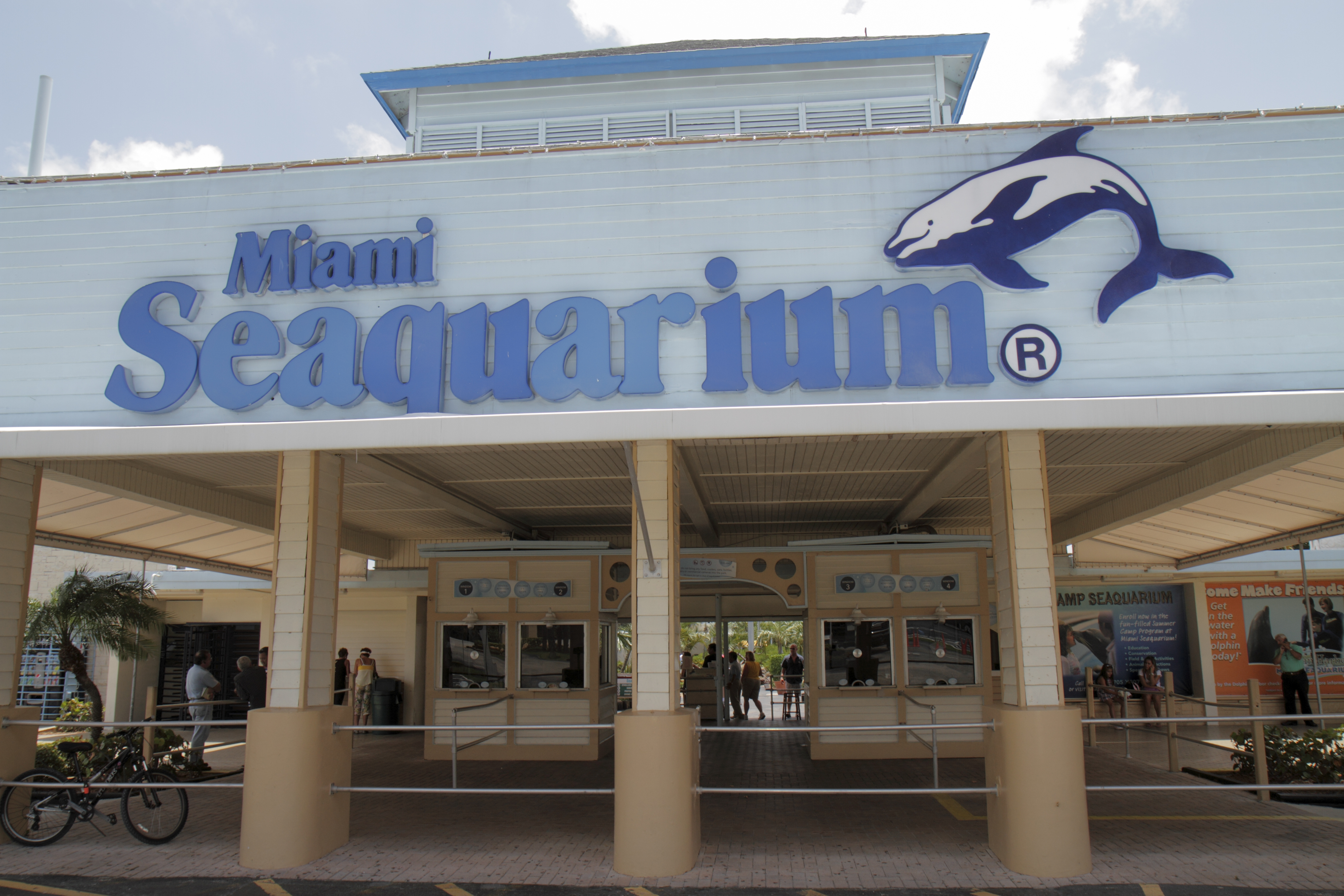The last five years have been the hottest on record for the planet Earth. The last three years have seen an unprecedented series of shocking storms that scientists point to as being amplified by climate change.
In August of 2017, Hurricane Harvey dumped more than 60 inches of rain on parts of Southeast Texas. One year later, Hurricane Florence brought more rain to the Carolinas than any other storm on record with over 35 inches.
“A warmer atmosphere can sustain, can hold more water vapor in it, so therefore there’s already an enhanced chance that you’re going to get extreme precipitation coming from, whether it’s a hurricane or any other type of trigger,” said NBC 6 chief meteorologist John Morales.
A warmer planet usually doesn’t just mean a wetter storm, but also a stronger storm.
“We know a warmer climate holds more water and we know the water is the engine for the hurricane. So, just basic principles will tell you that, yes you can expect to see stronger hurricanes in a warmer climate,” said Dr. Ben Kirtman, professor of Atmospheric Sciences at the University of Miami.
A study in March by NOAA and the University of Wisconsin supports that, concluding what models have been predicting for years – once a tropical cyclone forms, it is more likely to become a major hurricane. In each decade since 1979, there’s an eight percent higher chance a storm becomes as high as category five.
“It isn’t a coincidence that over the past five years or so we have seen the most intense hurricane globally, in both hemispheres, in the Pacific and in the Atlantic, as sea surface temperatures continue to warm,” said Dr. Michael Mann from Penn State University.
Local
Long before Hurricane Irma struck the Florida Keys in 2017, it had become the strongest storm ever observed in the Atlantic Ocean. It was a category five for a three-day period and had winds of 185 miles per hour for 37 straight hours, both new records.
“It’s almost like if you have a highway where the speed limit used to be seventy miles per hour and you’ve suddenly increased it to seventy five or eighty miles per hour,” said Morales.
When it comes to a storm exceeding the speed limit, Hurricane Michael was the defining weather event of 2018. Michael was the country’s fourth strongest storm based on wind and third strongest based on pressure
It made landfall with 160 mile per hour winds, making it the strongest storm to hit Florida’s panhandle.
“We’ve seen unprecedented hurricane strikes in the Caribbean, in the southeastern U.S. and the Gulf Coast and it’s just a matter of time before Miami sees its Katrina,” Mann said. “We know we’re living on borrowed time right now with sea level rise and intensifying hurricanes.”
We’re also seeing storms where they don’t belong. In April of 2017, Tropical Storm Arlene was the farthest north a storm had ever formed so early in the season. That same year, Ophelia became the strongest storm so far east in the Atlantic Ocean.
“We’re seeing an expansion in the Atlantic and other ocean basins around the world of just the sheer amount of geography within which you can get a tropical storm become a hurricane or a hurricane become a major hurricane,” Morales said.
Hurricane Maria will be remembered for what it did first to Dominica and then to Puerto Rico, but out in the ocean it became one of the fastest growing storms on record, exploding from a tropical depression on September 16th to a category five monster just three days later.
“Now, we’re seeing that threshold being exceeded by incredible amounts so, Dorian’s a good example just how quickly the winds ramped up in such a short period of time,” Morales said.
Dorian spared Florida, but it was so big and close and scary that we have to ask the questions: when will Florida see its Dorian?
“You add these intense hurricanes and the storm surge from those events and pretty soon you’re talking about large parts of the coast of Florida becoming uninsurable,” Mann said. “Being uninsured is sort of the first stage of being uninhabitable. It’s sort of the gateway. Pretty soon, insurance starts pulling out and they’re pulling out because they can no longer afford the risk that climate change is posing to this infrastructure and pretty soon, people are forced to retreat from the coastlines or face inundation of their homes.”
2020 is on track to be Earth’s hottest year on record. It’s too soon to know what that means for any storms that form, but we’ve already had at least one tropical storm before the start of hurricane season for the sixth straight year.



